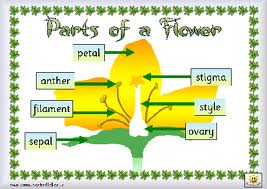The Maldives has numerous national symbols,
including a national flower, tree and animal, which were
adopted in 1985. The Maldivian national flag and emblem, adopted in 1965 are also considered national symbols
including a national flower, tree and animal, which were
adopted in 1985. The Maldivian national flag and emblem, adopted in 1965 are also considered national symbols
The National Flower of the Republic of Maldives is "Finifenmaa", the commonly known Pink Rose, which is botanically identified as Rose polyantha.
"Finifenmaa" (Rose) has a high regard among the Maldivians and the Pink Rose is one member of the Rose family which could be easily grown in Maldivian soil.
Finifenmaa was declared the National Flower on 25th July 1985 (07th Dh'ul Q'ai


